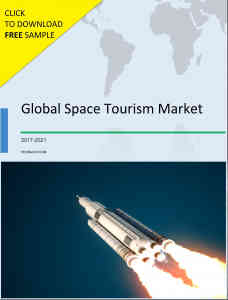“Space, the final frontier” thus began one of the most iconic 60’s sci-fi shows and the benefactor of the layman’s fascination with the great, empty void that stretches to infinite distances over our lovely home planet. No wonder, when the first opportunity presented itself, space tourism was already a sold concept.
Space tourism today: Paper based plans in need of propulsion
Currently, space tourism companies abound, but the actual tour hasn’t materialized beyond intricately designed concepts and plentiful funding. Great minds are at work here, including Elon Musk and his SpaceX extravaganza. The company is scheduled to ferry two space tourists in 2018, aboard and supported by SpaceX’s cutting-edge technology and know-how.
 There are other companies in the mix too, including Blue Origin and Virgin Galactic, and individually, they are all pushing the envelope with regards to space travel in general and space tourism in particular. Currently, the biggest challenges ahead of these space tourism companies is to ensure reliable safety, technology that facilitates launches and landings without elaborate backend work and importantly, do all this, at a conservative budget. This is indeed quite a tall ask, but, also an open invite for disruptive technologies and companies that are willing to explore the possibilities.
There are other companies in the mix too, including Blue Origin and Virgin Galactic, and individually, they are all pushing the envelope with regards to space travel in general and space tourism in particular. Currently, the biggest challenges ahead of these space tourism companies is to ensure reliable safety, technology that facilitates launches and landings without elaborate backend work and importantly, do all this, at a conservative budget. This is indeed quite a tall ask, but, also an open invite for disruptive technologies and companies that are willing to explore the possibilities.
What will it take to dominate the space tourism race?
Currently, the space tourism cost is the biggest impedance that discourages people (adventure tourists particularly) from hopping aboard the elaborate plans as chalked out by enthusiastic space tourism companies. However, a recent market research report from Technavio, pertaining to the 2017-2021 timeframe, asserts that the costs associated with touring space for recreational, leisure or business purposes will come down drastically over the coming years. This, will be a direct result of improvements in the functionality of space planes that will be infinitely more safe, reliable and cost-effective.
The original hypothesis was that commercial space tourism would be an established industry by 2016. Unfortunately, this has not happened. Even though the Russian Space Agency has ferried tourists on orbital excursions, the same cannot be deemed as the start of the full-fledged space tourism industry. The market is populated by limited yet established competitors and innovation is rife. Elon Musk’s SpaceX, with its Falcon rockets, is always in the news and keeping the momentum abuzz amongst the proponents of this market. In order to make an impact in this nascent industry, the stakeholder must push for disruptive technologies and confidence building branding that will encourage affluent space tourists to sign up for the journey of a lifetime.
Assembled a fully functional, safe, space plane? Next, deal with intently growing competition, rapid advances in technology, frequently changing government policies, public apathy and strict environmental regulations. As a vendor in the dynamic space tourism industry, problem solving must come natural to you. Yet, to the resourceful goes the spoils of the ‘space race’.
What’s your next move?
Insights into the incumbent market helps when dealing with a dynamic specialty such as the global space tourism market. Source your advantage with the associated market research report from Technavio. Links to download the FREE sample are listed herein.



